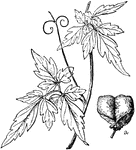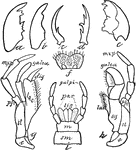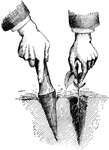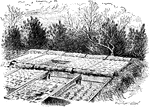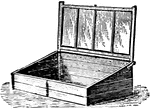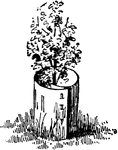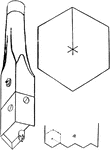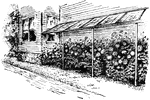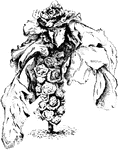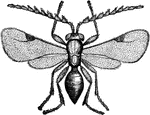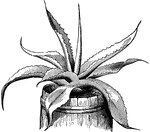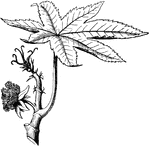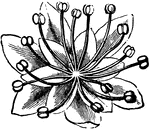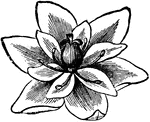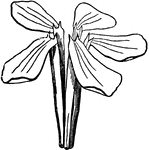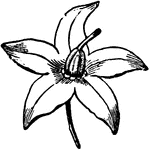
Splitting Machine
"In this machine the knife or cutter a is an endless band of steel which revolves at considerable speed…

Rudd
A fish with a red eye. Sometimes refered to as a pest in parts of the world because of its impact on…

Floating Lights
"aa is the mast, b tackle hook, c, c brass flanges for fixing parts of lantern together, e and g weather…

Zodiac Signs
"The twelve signs of the zodiac, together with the Sun, and the Earth revolving around him. When the…
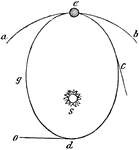
Planet Motion
"Elliptical Orbits.—It has been supposed that the Sun's attraction, which constitutes the Earth's…

Earth Divisions
"The Earth, whose diameter is 7,912 miles, is represented by the globe, or sphere. The straight line…

Moon Phases
"Let S be the Sun, E the Earth, and A, B, C, D, F, the Moon in different parts of her orbit. Now when…
Tides
"Let m be the Moon, and E the Earth covered with water. As the Moon passes round the Earth, its solid…

Brain
"Diagram illustrating the general relationships of the parts of the brain. A, fore-brain; b, midbrain;…
Proboscis
"Diagrammatic vertical section of the head and proboscis of a mosquito. l, labium bent as when the other…

Break Lathe
"Break lathes can take in work of considerable length as well as of large diameter,—the treble-geared…
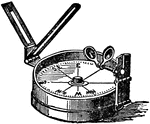
Azimuth Compass
"At sea the declination is generally observed by means of an azimuth compass invented by Kater. It consists…

Grasshopper
A grasshopper disarticulated and separated into regions, with all the parts named; the segments of the…

Mouth Parts of Plant Louse
Mouth parts of a plant-louse. -a, the jointed beak; b, the lancets, much enlarged;…
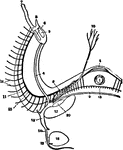
Brachiopoda
Diagram of nervous system of Crania; from the dorsal side. The nerves running to the dorsal parts are…

Horse Fly
The horse-flies or tabanidae, comprise another set of troublesome creatures, of medium or large…

Bryophyta
Funaria hygrometrica. Further stages of the development of the sporogonium enclosed in the calyptra…
Bryophyta
Funaria hygrometrica. Further stages of the development of the sporogonium enclosed in the calyptra…

Horse Chestnut in Germination
Horse-chestnut in germination; footstalks are formed to the cotyledons, pushing out in their lengthening…
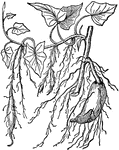
Sweet-Potato
Sweet-Potato plant forming thickened roots. Some in the middle are just beginning to thicken; one at…
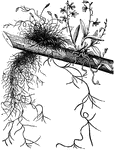
Epiphytes of Florida and Georgia
Epidendrum conopseum, a small Orchid, and Tillandsia usneoides, the so-called Long Moss or Black Moss,…
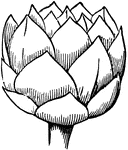
Houseleek
A young plant of the Houseleek, with the leaves (not yet expanded) numbered, and exhibiting the 13-ranked…
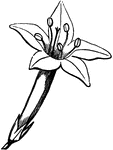
Standing Cypress
Flower of Standing Cypress (Gilia coronopifolia); gamopetalous: the tube answering to the long claws…



